Garden Inventory: Asiatic Dayflower (Commelina communis)
Commelina communis, commonly known as the Asiatic dayflower, is an herbaceous annual plant in the dayflower family. It gets its name because the blooms last for only one day.[1] It is native throughout much of East Asia and northern parts of Southeast Asia. In China, the plant is known as yazhicao (simplified Chinese: 鸭跖草; traditional Chinese: 鴨跖草; pinyin: yāzhīcǎo),[2] roughly translating to “duckfoot herb”, while in Japan it is known as tsuyukusa (露草 tsuyukusa),[3] meaning “dew herb”. It has also been introduced to parts of central and southeastern Europe and much of eastern North America, where it has spread to become a noxious weed. It is common in disturbed sites and in moist soil. The flowers emerge from summer through fall and are distinctive with two relatively large blue petals and one very reduced white petal..- Wikipedia.org
Reading up on the Asiatic Dayflower, it seems it can be quite a bully in the garden, depending on your geographic area and even the microclimate of your garden. Here in my garden, I had a patch under a pine tree that we have since removed. This is now the onion bed you may have seen in my recent video “Onion Harvest”. It never received much what and just sort of coasted in this one area, never spreading (or doing much of anything, for that matter.)
A more knowledgeable friend identified the plant for me and so I thought I might pull out some of the plants and use them to fill some empty pots I had lying about. In our heavily wooded lot, a bit of green is a nice change from all the brown of tree trunks and dropped leaves. Once in the pots, the dayflower took off nicely and I now have 2 containers one near the front door, and one on our back patio.
Asiatic dayflower isn’t a showy plant at all. It’s stems can get a bir gangly an its small blue flowers only last 1 day, at best. Still, I find it a nice accent around the more trafficked areas of the house and something to offer a bit of green.
Photos of Asiatic Dayflower (Commelina communis) with closeups of leaves, growing habit, and flowers.
More information on Asiatic Dayflower (Commelina communis):
- Asiatic dayflower on Wikipedia
- Asiatic dayflower discussion on Dave’s Garden
- Asiatic dayflower on US Wildflowers
- Asiatic dayflower from Brandeis.edu
Previously on Garden Inventory:
- Honey Locust (Gleditsia triacanthos)
- Aucuba japonioca variegata (Gold Dust Plant)
- Clytostoma callistegioides
- Ficus repens
- Lantana
- Sword Fern (Polystichum munitum)
- Lemon
- Redwood (Sequoia sempervirens)
- Ficus benjamina
- Ash Tree (Fraxinus)
- Black Pine (Pinus nigra)
- Snowflakes (Leucojum)
- Ming Fern Asparagus (Aspargaus retrofractus)
- Paperwhites (Narcissus papyraceus)
- Azalea
- Nandina domestica (Heavenly Bamboo)
- Eucalyptus
Garden Inventory is a series where I begin an inventory of all the plants and trees in my garden. Along with some of my own pictures, I will link to various sources of information about each plant and tree so we can learn a little more together.
I would also like to highlight your special plants and tress. Pass along your favorite plants in the comments and I will use them for future Garden Inventory posts. — Douglas
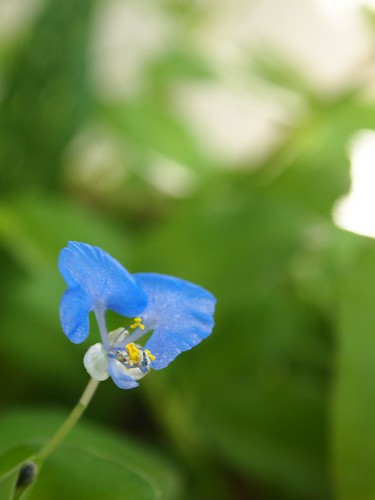
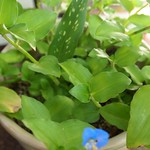
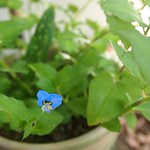
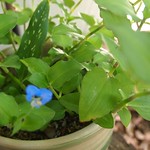
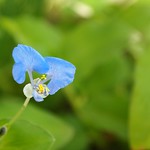
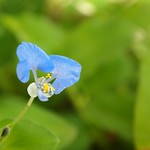




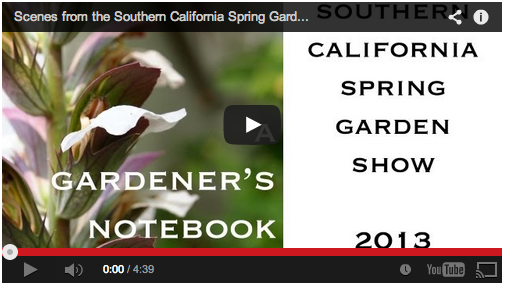
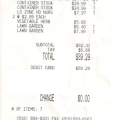
“Asiatic Dayflower, it seems it can be quite a bully in the garden…”
It is listed as a noxious weed and invasive plant
and is spreading north on the east side of Mississippi River.
http://www.weedimages.org/browse/subinfo.cfm?sub=5365
She states, “it is a dreaded and noxious weed.”
http://www.nancytheweedlady.com/?p=913
Should gardeners be growing invasive plants from other regions?
By the time this gets listed widely it will be too late to control it.
It is a causing problem in NH & MA.
REF:
See more at: http://welchwrite.com/agn/2013/07/27/garden-inventory-asiatic-dayflower-commelina-communis/#sthash.TXd9o1XZ.dpuf“